Live in Colorado and come across what looks like a plum? Not sure if you should eat plums off of a Wild Plum Tree? The Colorado wild plum (also known correctly by the name: American wild plum) is edible and here’s everything you need to know about it.
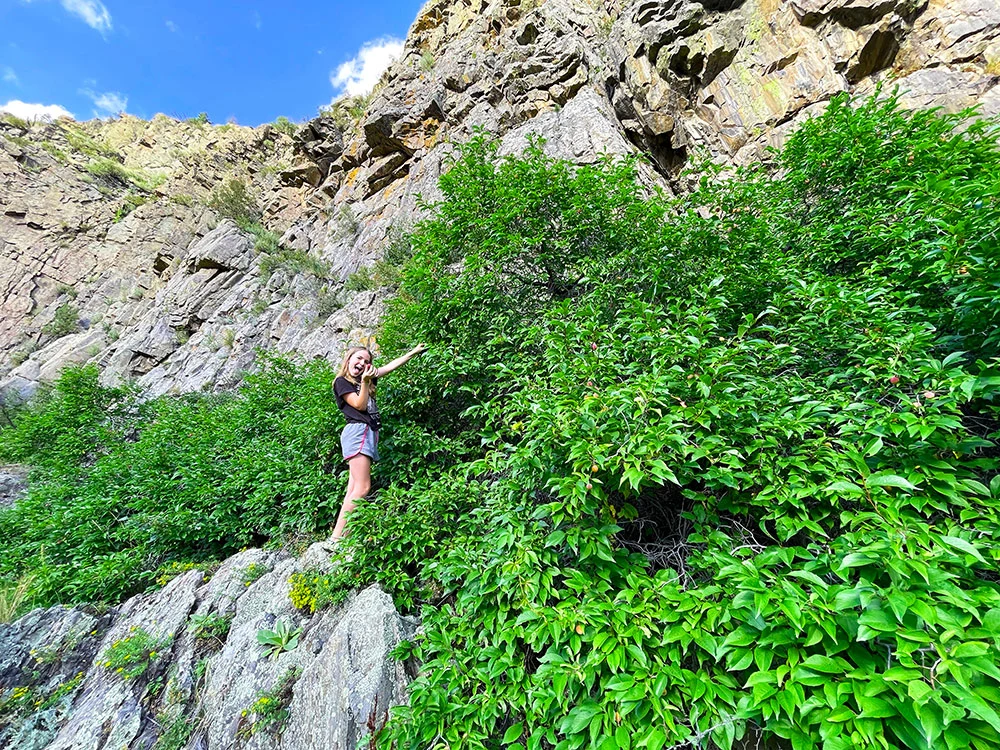
This is picture taken down by our creek at Buckhorn Cliffs in northern Colorado on August 22nd. Just look at how big that plum thicket is!
Habitat of the Colorado Wild Plum Tree
If you’re exploring in Colorado you may come across these wild plums anywhere from the plains to canyons and slope bottoms. The wild plum tree is typically no taller than about 20ft. They also have a tendency to form large thickets (like you see above).
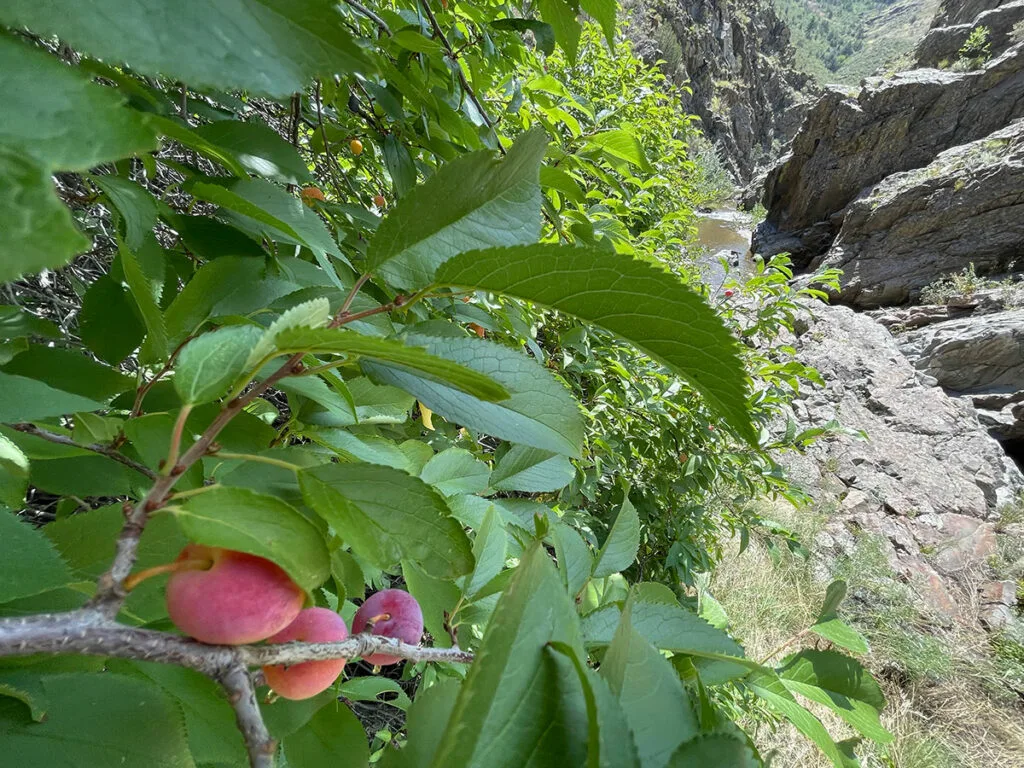
While I call it a Colorado Wild Plum, it’s actually known more broadly as the American Wild Plum and it can be found all over. Let’s review how to identify if you’ve found an edible wild plum tree or thicket.
Leaf of the American Wild Plum
The leaf of a wild plum tree typically reaches from 1 to 5 inches long, it’s pretty much hairless which means it’s basically smooth. The plum leaf is sharply pointed at the tip. The broadest section of leaf is found at or above middle.
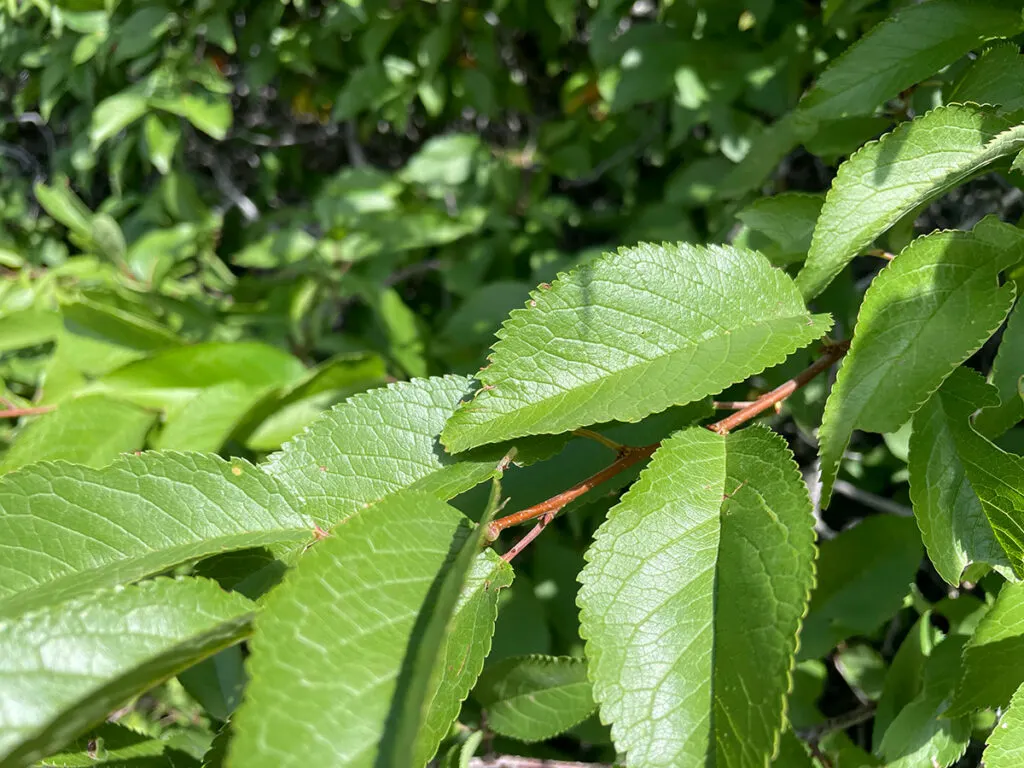
Are wild plums part of the Rose family?
Fun fact: not only are plums part of the rose family, so are: apples, peaches, apricots, and cherries. The rose family includes trees, herbs, and shrubs. Most species are deciduous, but some are evergreen. The rose family includes 4,828 known species!
Do wild plum trees flower?
Wild plum trees do flower and are beautiful with white and fragrant 1 inch petals. These trees typically bloom right when leaves are appearing in the spring.
What does a wild plum taste like?
The fruit on a wild Colorado Plum tree will typically be red, yellow, orange, or purple and the skin has a dry or sour flavor when you pop one in your mouth. However, when ripe, the flesh is sweet.
Don’t Eat the Pits in the Plums
All parts of the wild plum tree, except the flesh and skin of the plums, contain the toxin hydrocyanic acid. Another word for hydrocyanic acid is “cyanide in water”. Cyanide, as you probably know is a poison that could kill you. If you accidentally swallow some of the plum pits, don’t worry as you’re not likely to die.
But if you were to take those pits and ground them up, you can create a lethal compound if enough is ingested.
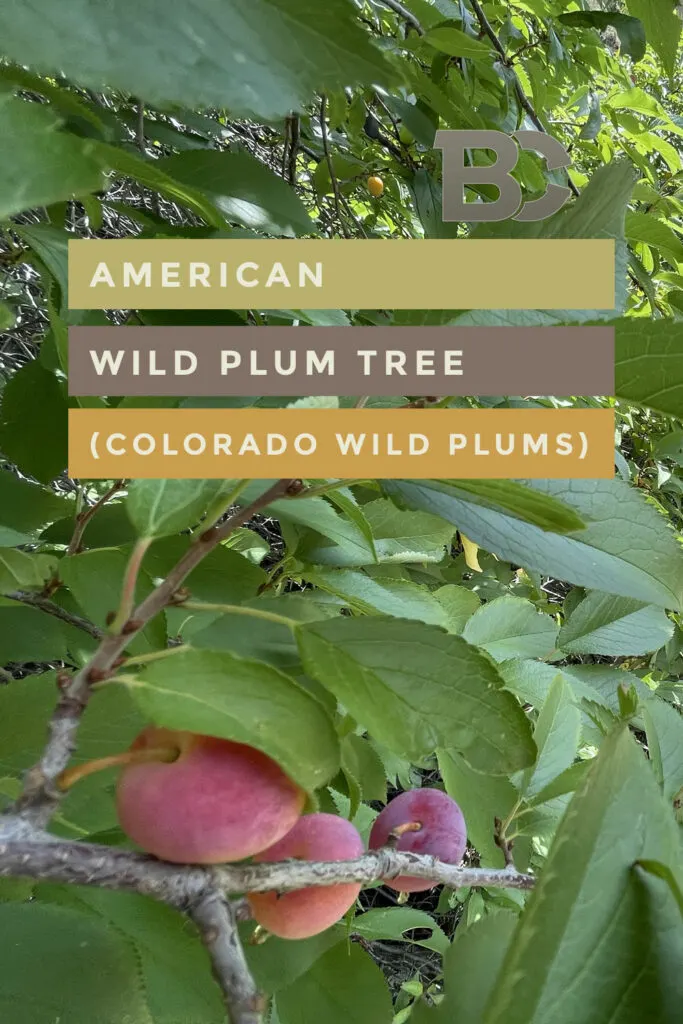
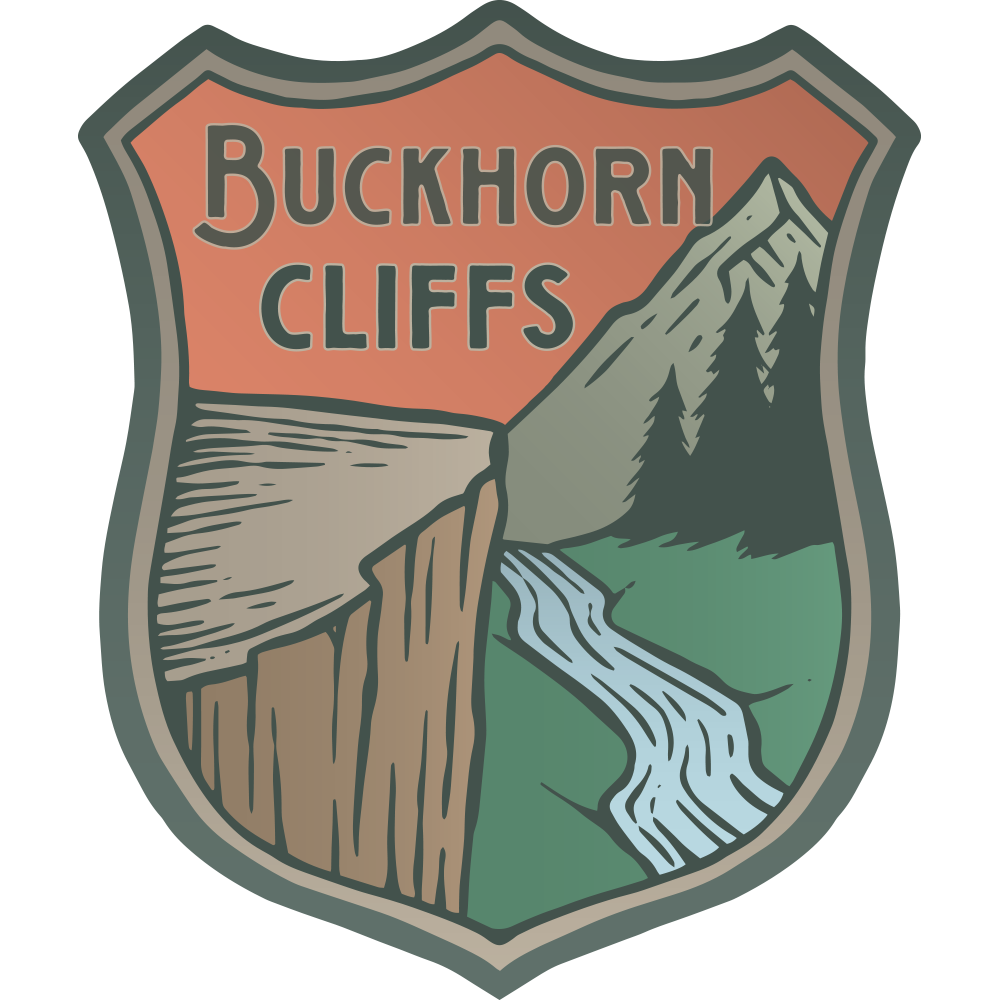
Jerico Gonzales
Thursday 23rd of February 2023
My father used to make fruit roll-ups from plums
Patsy Mackay
Friday 26th of August 2022
When I was younger we had a little stream on our mountain property near the front range and in late August we'd pick plums. My mother would make jam with them. Fond memories, thank you.
Rob Benson
Wednesday 31st of August 2022
You're welcome!